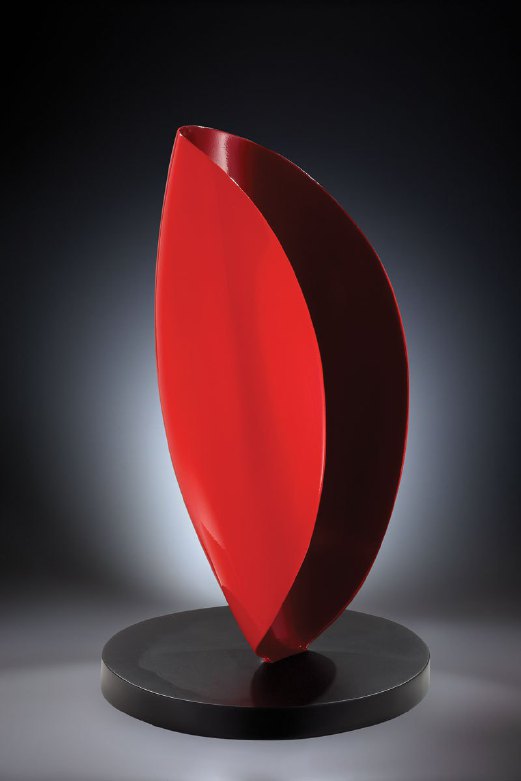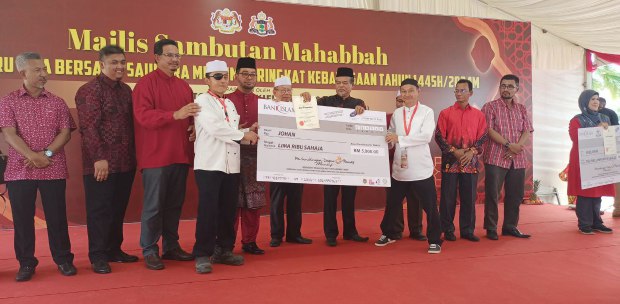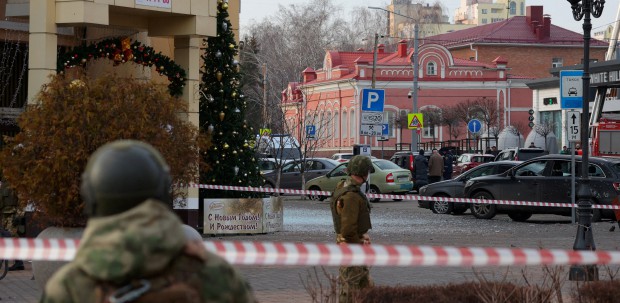Latiff Mohidin is poised to send shockwaves into the souls of art lovers with his latest outing, a series of statuaries in stainless steel and resin, writes Sarah NH Vogeler
IT took eight years, working clandestinely. As each piece was finished, it was whisked away and hidden in a room at the back of his house, under lock and key. Before he knew it, there were almost 80 sculptures ready for show.
How Latiff Mohidin managed to keep it all under wraps is anyone’s guess. But here it is, his all sculpture works debut, the euphoric Modern Sculptures 2007-2015, opened for public viewing from April 28.
Sculpture is not a new thing for the country’s foremost painter. His first commissioned work, a 16-metre stainless steel structure, was raised for the Maybank headquarters in Pudu Circle in 1988. Another was created for the Asean Symposium in Brunei Darussalam. His revolving abstract sculpture, 1998’ Kinetic 1, one of two stainless steel arrangements is located at the lobby of the Petronas Twin Towers in the Kuala Lumpur City Centre.
Very soon, Harmony, a nine-metre high vertical sculpture will grace his childhood playground, the historical Malay district of Kampung Gelam in Singapore and The Fountain, an ambitious semi-circular “moving” effigy at Iskandar Malaysia in Johor.
THE FIRST TIME
“Berlin, 1961, my first time in a sculpture studio. I was meeting a friend, a student of Professor Karl Hartung in the academy Hochschule fur bildende Kunste. I still remember being in awe of the thick moulds and the debris from plaster of paris chips,” recalls Pak Latiff, as he’s fondly known.
He went on to roam the city, stopping to study free standing sculptures along the way, a piece by Hans Uhlmann for the Opera House and another by Bernhard Heiliger at Ernst-Reuter-Platz.
He shares: “It was 1962 in Paris where I became familiar with works done by Picasso, Matisse, Lipchitz and Lurens, and later Brancusi, Arp and Noguchi. The last three left a deep impression for their unpretentious, solid, curved shapes and arrangements.”
It was in Singapore in 1967 when Pak Latiff began making miniature sculptures, his preferred materials being lead and cement. They were done very much in the vein of his famed Pago-Pago series and later grew in size. The artist, ever inspired by Lipchitz and Lipton, leant towards organic shapes rather than structural and cubical. He continued in the same manner in 1968 at Gallery 11 studio in KL, this time using cement fondue.
In 1983, Pak Latiff began experimenting with brass. About 12 were exhibited together with Mindscape 2 in KL, and also around 40 more for the Dewan Canselor Tun Abdul Razak at Universiti Kebangsaan Malaysia in Bangi.
IMMACULATE MATRIMONY
Modern Sculptures is the beautiful matrimony of material, medium and imaginings. So immaculate in execution, touching any of the 30 odd works feels like tainting them somehow. As the artist says, traces of Arabic word shapes, khat, were present, followed by the hollowed out forms, the yin-yang shapes and finally works resembling vessels.
The colours on the stainless steel creations were to give the sculptures an added dimension, or as Pak Latiff considered, “to break the monotony that is stainless steel”. Later attempts were more deliberate. Experiments were conducted on the effects of applying strong, prime hues of deep carmine and neon yellow, set against ebony, white, cerulean. These modern abstract works come from the European sculpture tradition as opposed to local traditions of arts and sculptures.
The artist has always been a hero of mine. His poems move in ways few poets can. Sungai Mekong stopped me from going mad nearing exams. The things I did for his books — the most potent memory was of an emcee job in which I asked to be paid in everything he had written or been in. Bags of books. I wore a Cheshire Cat grin for weeks, the crippling fear of speaking in front of hundreds long forgotten.
Last month, Singapore National Gallery held Reframing Modernism, its first international collaboration with Centre Pompidou Paris. Five decades after seeing Picasso in Paris, his works are now shown in the same room as that legendary Spaniard blessed or cursed with the Andalusian mirada fuerte, along with Kandinsky, Chagall and Matisse. Seeing this sent electric-like jolts in the base of the spine, and hearing people speak of him with so much reverence brought out that Cheshire Cat grin all over again. I’m still wearing it. This piece from the artist’s collection, Sajak-Sajak Dinihari; Aku Lapar, written in 1979, comes to mind as I conclude:
Aku lapar
kauberi aku pasir
aku haus
kauberi aku angin
Pasirlah makananku
anginlah minumanku
Aku pun
tidak lagi meminta
kerana aku tahu
segala yang kau berikan
adalah permulaan rahsia
Sebentar lagi
aku akan semesta
dengan limpahan sunyimu
aku akan berpesta
dengan curahan sinarmu
ENGLISH TRANSLATION
I am hungry
you give me sand
I am thirsty
you give me air
It’s the sand that’s my bread
It’s the air that’s my drink
Thus I no longer
ask for anything
because I know
everything that comes from you
is the seed of secrets
In a moment
I’ll be one
with the overflow of your silence
I’ll be celebrating
the radiance of your light)
Translated by Salleh Ben Joned
With Pak Latiff and his works, we are never sated. “Aku Lapar” is a ravening. When asked what’s next, his answer was a simple, “Surprise Surprise!”
Prolific artist
Abdul Latiff Mohidin was born on August 20, 1941 in Seremban, Negri Sembilan and received his early education at Sekolah Melayu Lenggeng. He continued his studies in Kota Raja Malay School and Mercantile Institution, Singapore. Then in 1954, he returned to Seremban’s King George V School and received his certificate in 1959.
In the mid-1960s, Latiff studied at the Academy of Fine Arts, Berlin, Germany for four years with a sponsorship from the government of the Federal Republic of Germany. In 1969, Latiff took classes on etching at the Atelier La Courrier, Paris and took the same course at the Pratt Graphic Center, New York, US.
He began writing poetry in the early 1960s and continued with his wondrous prose while travelling extensively through to the 1970s. His poetry is rich in imagery and metaphors. His expressions brought fresh breath to the development of poetry in our country.
To date, Latiff Mohidin has produced seven anthologies: Sungai Mekong, Kembara Malam, Wayang Pak Dalang, Pesisir Waktu, Serpihan Dari Pedalaman, Rawa-Rawa dan Sajak-Sajak Dinihari, including three books: Garis, Catatan Latiff Mohidin and Catatan Dua Baris. His works have been translated into English, Chinese, German, Italian, Danish, and Tamil.
Through a series of works such as Pago-Pago, Mindscape and Langkawi, Latiff has been recognised as one of the country’s most important painters. He has held more than 30 individual exhibitions across Asia and Europe.
In addition to drawing, painting, writing and sculpting, he has also translated the works of the Rubaiyat of Omar Khayyam, poetry of Jalaluddin Rumi, Tao Te Ching of Lao Tzu, Gitanjali Tagore and Faust Goethe.
Latiff Mohidin recently participated in Maybank Kim Eng’s culture initiative KataKatha — Southeast Asian Conversations on Culture and the Arts. Conceptualised and curated by Pusaka, the event was held in KL last November.
Modern Sculptures 2007-2015
When: Until May 25
Gallery hours 11am-7pm, Tuesdays-Sundays
Closed: Mondays and public holidays
Where: The Edge Galerie
G5-G6 Mont’Kiara Meridin 19, Jalan Duta Kiara, Mont’ Kiara, KL
Details at www.theedgegalerie.com








